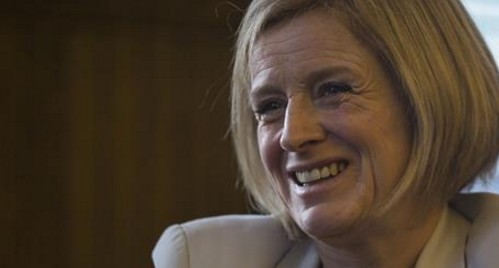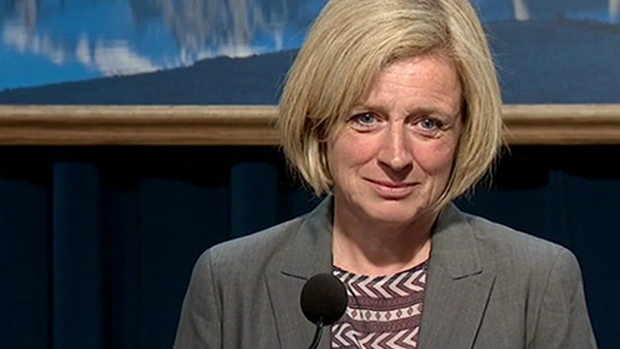Alberta’s Premier said this week that she was not sure the provincial government would raise the minimum wage to $15 after all, citing the state of the Alberta economy and the possibility that raising the minimum wage might lead to job losses.
The NDP came to power in May, the first non-Conservative party to govern the province in 44 years. Among the NDP’s election campaign promises was that the minimum wage would be increased to $15 dollars per hour by 2018. The plan angered businesses, but the NDP indicated that raising the wage would create jobs and insure a better standard of living for all.
In June, Notely reasserted that they would “stick to that promise,” and in October the NDP raised the minimum wage from $10.20 to $11.20.
However, Wednesday Premier Rachel Notley said the government would examine the wage issue in light of continuing economic trends — Alberta has been in recession and predictions for the next couple of years are significantly worse.
Notley said that they would now consider the best available research before making a decision about raising the minimum wage.
She said that the $15 target was an idea rather than a plan.
“[I]n fact,” said Notley, “what we’ve said all along is the pace is something that needs to be sensitive to the current economic situation — the depth and breadth of which we are still, all of us, are still coming to understand. So that’s what we’re going to do.”
By Andy Stern

